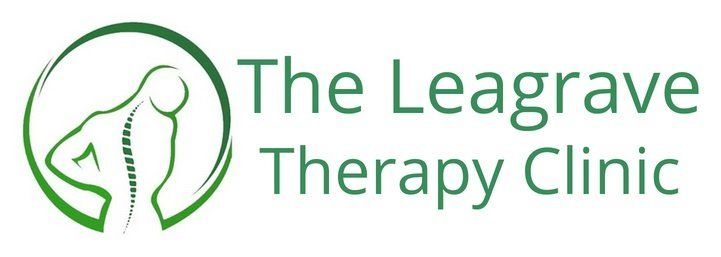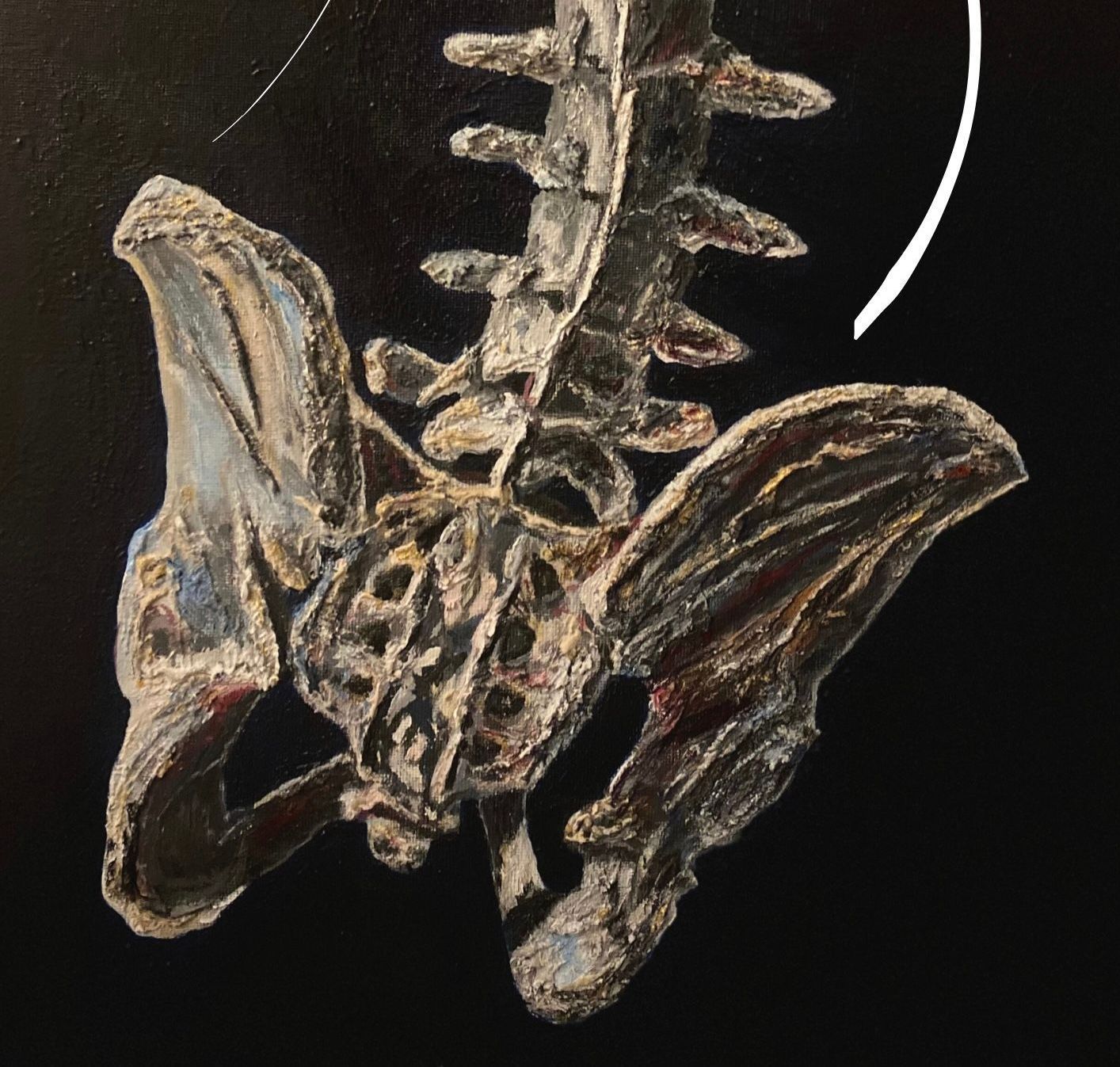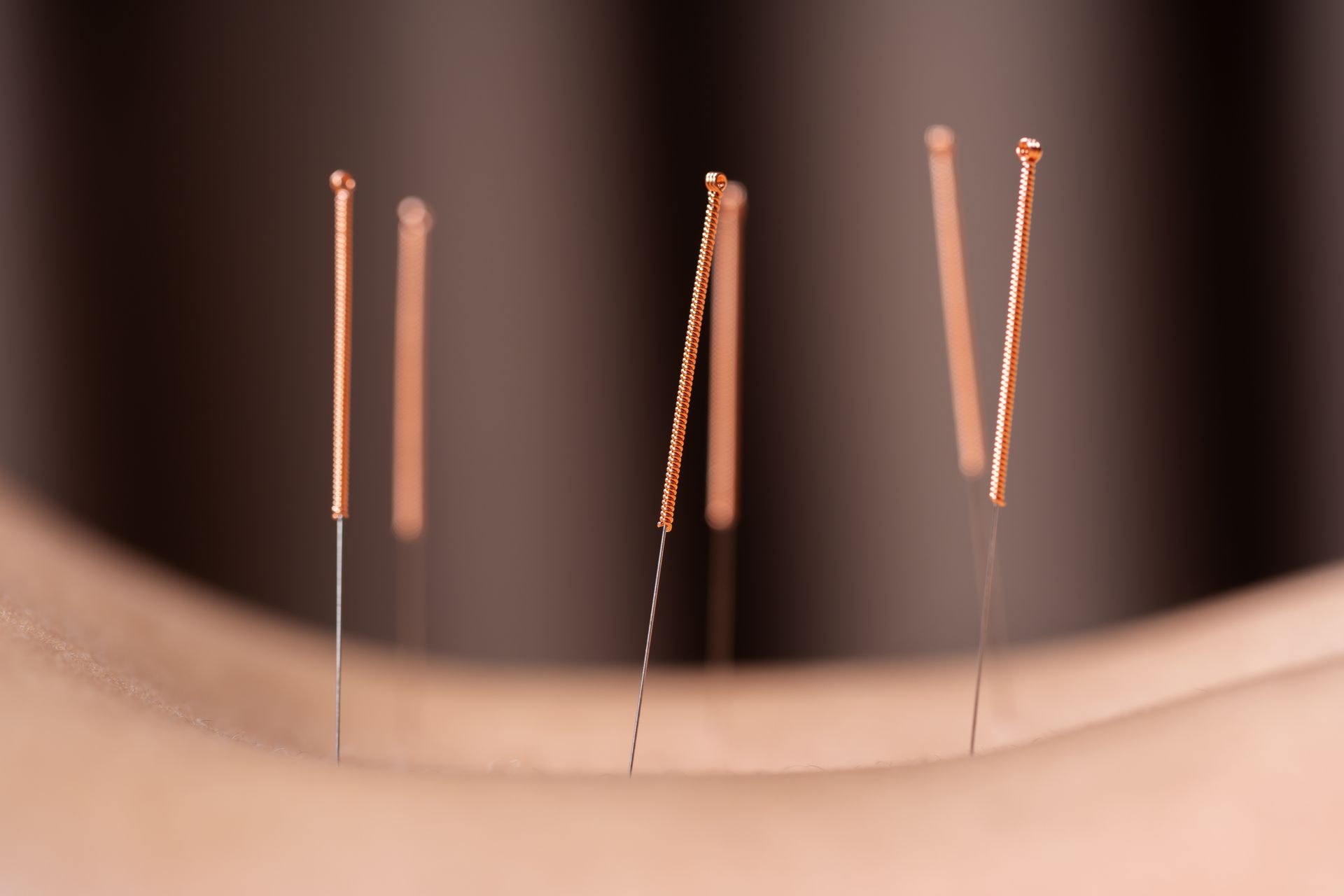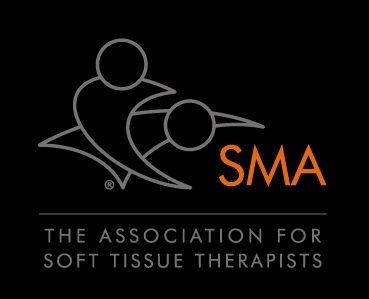Breathing Patterns & Their Impact on Health
- by Joanna Blair
- •
- 30 Apr, 2024
- •
Breathing Pattern Disorders, Understanding the Need for Calmer Breathing

Above is a couple of respiratory related symptoms that might be described by individuals to their practitioner. It is interesting to sometimes observe a client's resting breathing rate which can sometimes be seen as... well, fast! This particular discovery was made after having taken countless blood pressure readings from individuals. Interestingly, a blood pressure reading can sometimes be lowered after asking individuals to slow their breathing rate down. Slower breathing can help slow down the cardiovascular system, slow down the activity of the mind and help stimulate the parasympathetic autonomic nervous system (7).
Normal or 'Optimal' Breathing
Normal breathing, also known as diaphragmatic breathing requires adequate functional use and active control of the diaphragm muscle (1, 5). Here, muscles function with synchronised motion of the upper rib cage, lower rib cage and abdomen (1). During slow inspiration, the lower ribs stay low and only expand laterally, the abdomen expands instead of the chest (5).
Abnormal Breathing
Abnormal breathing is known as thoracic breathing and can be observed in individuals who tend to breathe from the upper chest (1). Here, one can observe that there is greater movement and use of the upper rib cage compared to the lower rib cage whilst breathing (1).
Breathing Pattern Disorders (BPD)
Breathing pattern disorders (BPD) can be defined as 'inappropriate breathing that is persistent to cause symptoms with no apparent organic cause and is present in a variety of individuals with musculoskeletal dysfunction' (1). According to Bradley and Esformes (2014), individuals who show signs of faulty breathing mechanics tend to have poor posture, scapular dyskinesis, lower back pain, neck and temporomandibular joint (TMJ) pain.
Chest Breathing
A type of breathing that is commonly observed amongst individuals and one that practitioners look out for is 'chest or thoracic breathing' which is produced by the over involvement of accessory muscles of respiration including; the sternocleidomastoid, upper trapezius, and scalene muscles within the neck (1). These muscles dominate the lower rib cage and abdominal motion and over‐activity of these accessory muscles have been linked to neck pain, scapular dyskinesis and trigger point formation of these associated muscles (1).
Poor diaphragm movement and action whilst one breathes is often confirmed via reduced abdominal motion with relation to the upper thoracic motion (1). The diaphragm acts as a respiratory pump that attaches to the the lower six ribs, the xiphoid process of the sternum and the lumbar vertebral column (L1‐3). The diaphragm muscle is important for the functioning of posture and breathing and the disruption of one function (i.e. the posture) can negatively affect the other (i.e. the quality of one's breathing pattern) (1).
Consequences of BPD
Altered breathing pattern tends to reduced lung volumes, hypoxia (lower levels of oxygen in the body tissues), respiratory alkalosis and can increase the excitability of the nervous system both centrally and peripherally (6). Additionally, chest breathing patterns can cause excessive activity and fatigue of superficial neck flexor muscles such as the sternocleidomastoid (6).
There are several different terms to describe irregular respiratory rates by health professionals (3):
- Bradypnoea: Abnormally slow breathing.
- Tachyphoea: Rapid breathing.
- Dyspnoea: Shortness of breath with a elevated, normal or reduced respiratory rate.
- Hyperpnoea: Deep and laboured breathing.
- Apnoea: Absence of breathing.
Neck Pain and Breathing Disorders
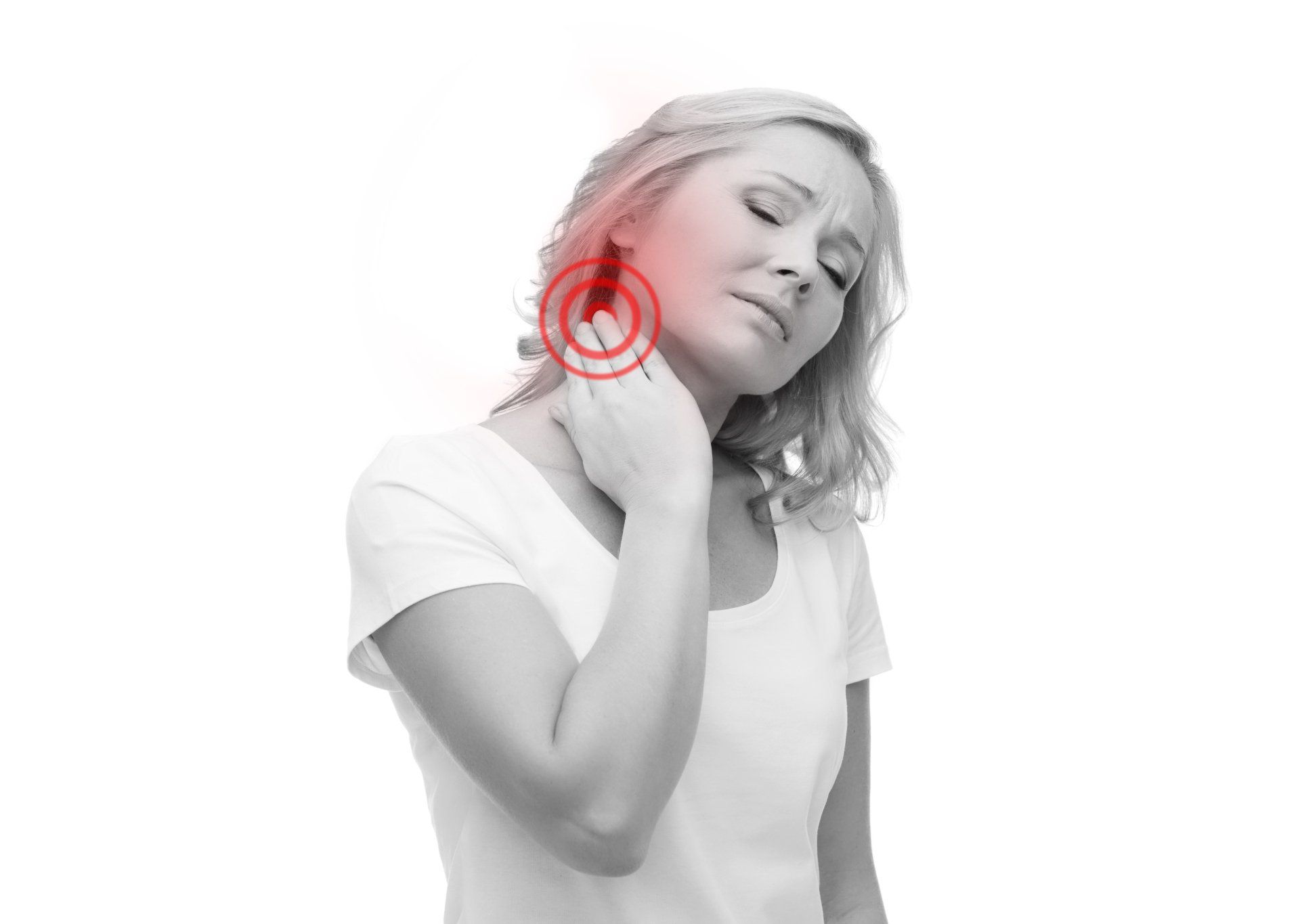
The study noted that prolonged compression of the ipsilateral phrenic nerve roots can eventually lead to trophic changes and disturbance in nutrition and function of the phrenic nerve, and consequently diaphragmatic weakness and altered breathing patterns (6).
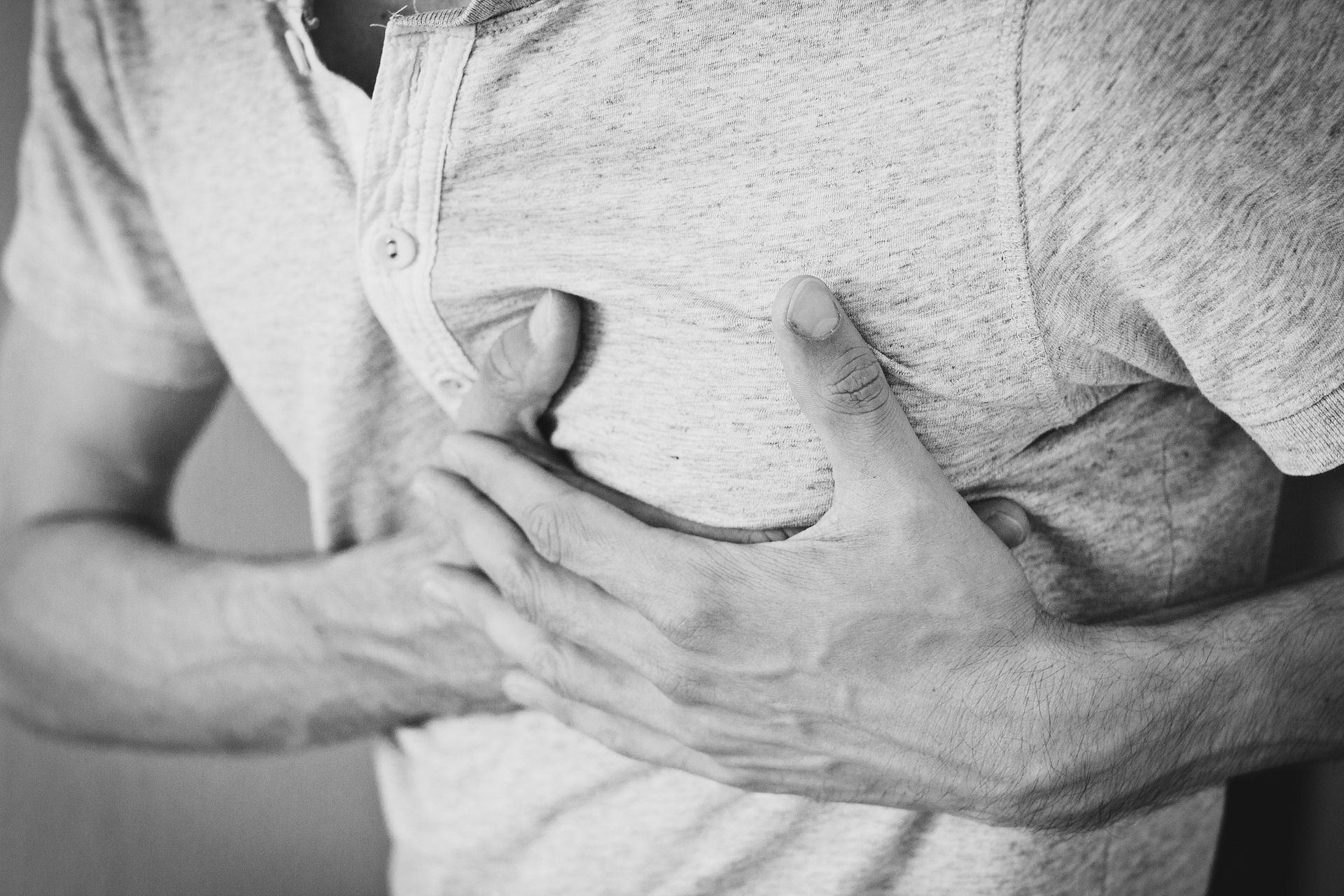
Breathing Exercises For Blood Pressure and Heart Rate

Research has shown that a slow breathing rate towards 6 breaths per minute can result to an increased venous return (5). Russo et al., (2014) note that this can be further enhanced with diaphragmatic breathing due to the anatomical fact that the diaphragm is connected to and supports the heart and provides passage for the aorta and the inferior vena cava (5).
Studies have found that individuals who breathe at 6 breaths per minute reportedly have a tendency for heartbeats to cluster during the inspiratory phase (5). The relationship between heart rate, blood pressure and respiration are known as cardiorespiratory coupling (5).
There are approximately over one billion people who suffer from hypertension (HTN) and this has been estimated to increase to 1.5 billion in 2025 according to the American Heart Association (AHA) (2). HTN is defined as systolic blood pressure (SBP) over 140 mmHg and diastolic blood pressure (DBP) over 90 mmHg. Uncontrolled HTN may lead to various cardiovascular complications including stroke, aneurysm, myocardial infarction and heart failure.
It is a good idea that practitioners try to take every new client's blood pressure and/or retest it on clients throughout their course of treatment as there is a strong correlation between blood pressure (BP) and adverse cardiovascular outcomes. It is reported that even a small reduction of blood pressure by 5 mmHg BP in hypertensive patients can lead to an approximate 25 % decrease in cardiovascular complications.
Breathing Exercise Video:
Breathing Rate Facts & Stats

The history of yoga, and pranayama was first introduced to the West in the late 1800s and its popularity rose in the mid-1900s. The interest of breathing techniques within the medical and scientific communities have stimulated research into the area.
Slow breathing practices have gained popularity in the western world due to their claimed health benefits, but yet remain relatively untouched by the medical community.Normal Respiratory Rate
The normal respiratory rate in adults is 12 to 18 breaths per minute (BPM). Expiration or breathing out should take twice as long as breathing in (during inspiration) (3, 5).
Slow Respiratory Rate
Slow breathing can be defined as any rate from 4 to 10 breaths per minute (5).
Average Respiratory Rate
It is a surprise to learn that the typical respiratory rate amongst the population is within the range of 10–20 breaths per minute (3, 5)!
Hyperventilating
Hyperventilation is considered when a respiratory rate is more than 20 breaths per minute.
Task 1 - Try It!:
If you consider yourself a 'slow breather' during rest with good respiratory health, try now breathing twenty breaths per minute. This equates to breathing in and out within three seconds during a one minute time frame i.e. 'one-Mississippi' during inspiration and 'two-Mississippi's' during expiration (or vice-versa with two-Mississippi's during expiration and one-Mississippi during inspiration).
Having completed this task, the following might have been felt:
- Nausea and light headed.
- The feeling of hyperventilating.
- Tight upper back muscles.
- Unable to complete the one minute task with this new breathing pattern.
- Warm face with darkened pink cheeks!
- Tight and raised chest.
- Lifted chin and arching of the neck.
- Tight neck muscles.
- Raised shoulders to keep up with the number of breaths.
- Irritation and fatigue.
...Some familiar sensations and symptoms that were described at the very beginning of this post, perhaps!
The author here has established that their sitting resting breathing pattern tends to average at around three-and-a-half to four seconds during inspiration and another three-and-a-half to four seconds during expiration; equating to an average of 8 breaths per minute - noting that there is room for improvement with their breathing pattern and function.
Task 2: Breathing Exercise
Try and count how many breaths per minute you take on average per minute and notice whether you are a chest or lower abdominal breather; i.e. you notice that only the chest raises during inspiration. Or, whether you observe and feel that the abdomen slowly and steadily rises and lowers whilst you are breathing at rest. Place one hand on your abdomen and the other on your chest for if you are not sure, notice which hand raises and lowers more whilst you breathe. This is a good exercise to do to improve breathing quality. Could this breathing rate be slowed down further? I.e. could you raise your lower abdomen a bit more during inspiration? Could you slowly breathe in for another half a second? What are your shoulders and neck doing? Are they relaxed during inhalation and exhalation? Try and notice the detail and quality of your breathing pattern and try practising it through out the day, this is most likely easier to do before going to sleep.
Note; an increased respiratory rate of more than 20 breaths per minute in adults could have several causes including:
- Fever
- Dehydration
- Asthma
- Chronic obstructive pulmonary disease (COPD)
- Hyperventilation
- Lung conditions e.g. lung cancer, pulmonary emboli (PE).
- Infections
- Respiratory acidosis
- Drug overdose
- Heart conditions including heart failure
References
1. Bradley, H., Esformes, J. D. (2014) Breathing Pattern Disorders and Functional Movement, Int J Sports Phys Ther, 9; 1: 28-39.
2. Garg, P., Mendiratta, A., Banga, A., Bucharles, A., Victoria, P., Kamara, B., Qasba, R. K., Bansal, V., Thimmapuram, J., Pargament, R., Kashyap, R. (2024) Effect of breathing exercises on blood pressure and heart rate: A systematic review and meta-analysis, Int. J. Cardiol Cardiovasc Risk Prev., 20: 1 - 16.
3. Hill, B., Annesley, S. H. (2020) Monitoring respiratory rate in adults, 29; 1: 12-16.
4. Marc A. Russo,1 Danielle M. Santarelli,1 and Dean O’Rourke (2017) The physiological effects of slow breathing in the healthy human, 13 (4): 298–309.
5. Russo, M. O., Santarelli, D., O'Rourke, D. (2017) The physiological effects of slow breathing in the healthy human, 13: 4: 298-309.
6. Yousefiyan, R., Yoosefinejad, A. K., Jalli, R., Rezaei, I. (2023) Comparison of Breathing Pattern and Diaphragmatic Motion in Patients with Unilateral Cervical Radiculopathy and Asymptomatic Group, BMC Pulmonary Medicine, 23; 498: 1-9.
7. Zaccaro, A., Piarulli, A., Laurino, M., Garbella, E., Menicucci, D., Neri, B., Gemignani, A. (2018)
